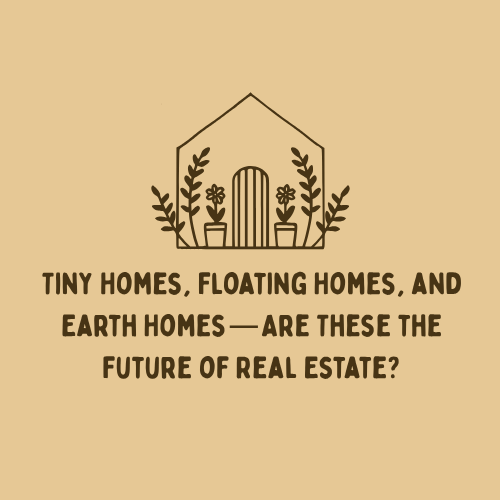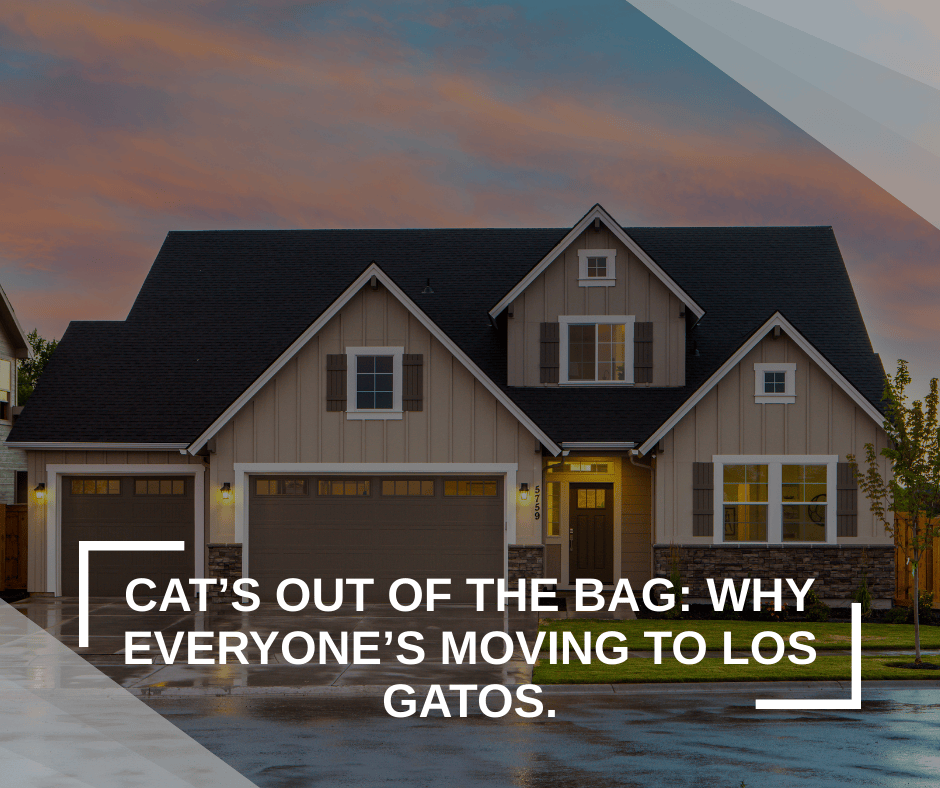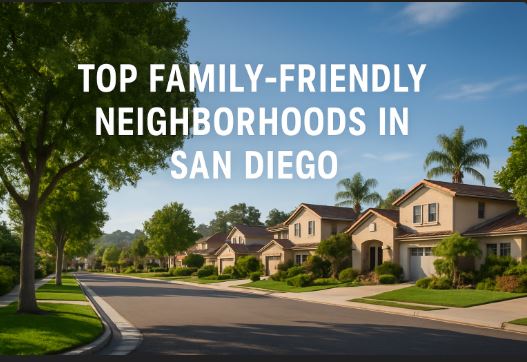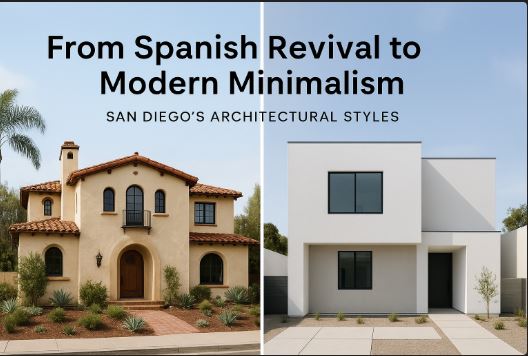The traditional American dream has always included a big house, a white picket fence and a two-car garage. But as housing prices skyrocket and the world faces climate change and land shortages, a new wave of homes is quietly reshaping the future of real estate.
Forget the McMansion. Today, tiny homes, floating homes and earth homes might just be the future. Here’s why these unconventional living spaces are gaining traction and what they mean for the housing market.
Tiny Homes: Downsizing for Freedom
What started as a fringe movement has now become a full-blown revolution. Tiny homes (typically under 400 square feet) are being embraced by minimalists, retirees and first-time buyers looking to escape high mortgages and live debt-free.
Why people love them:
- Affordability: You can buy a high-quality tiny home for $50,000 to $100,000 which is a fraction of a traditional home.
- Mobility: Many tiny homes are on wheels, allowing owners to travel without giving up homeownership.
- Eco-Friendly Living: Smaller homes mean less energy use, lower carbon footprints and a simpler lifestyle.
The downside? Zoning laws in many cities don’t allow tiny homes, making it tough to find legal places to park them.
Floating Homes: Living on the Water.
What if your backyard was the open ocean or a peaceful lake? Floating homes aren’t just houseboats — they’re fully functional houses designed to float, offering an alternative for those who want waterfront living without the sky-high price tag of coastal properties.
Why people love them:
- Waterfront Views: Who wouldn’t want to wake up to the sound of gentle waves instead of traffic?
- Resistant to Rising Sea Levels: As climate change threatens coastal cities, floating homes adapt instead of sinking.
- Unique & Peaceful Living: Living on water offers privacy, tranquility and a deep connection with nature.
The challenge? Not every city is open to floating homes, and mooring fees can be pricey. But with rising sea levels, these homes might soon be necessary.
Earth Homes: Homes That Disappear Into Nature.
Imagine a home built into a hillside, covered in grass and soil, and so well insulated that it barely needs heating or cooling. Earth homes (underground or hobbit homes) are built with nature instead of against it.
Why people love them:
- Energy Efficiency: Thick walls provide natural insulation, cutting energy bills dramatically and you have a good temperature.
- Disaster-Proof: They’re resistant to fires, tornadoes, and extreme weather.
- Blends with Nature: These homes feel like part of the earth, offering a sense of peace and sustainability.
The catch? Building an earth home requires specialized design and construction, and finding contractors who understand the process can be difficult.
So, Are These Homes the Future?
With housing prices rising and environmental concerns growing, tiny homes, floating homes and earth homes aren’t just trends — they’re practical solutions for a changing world.
As cities rethink zoning laws and sustainable housing gains traction, don’t be surprised if the home of the future isn’t a typical suburban house — but something smaller, smarter and more connected to nature.
Would you ever live in one of these? Let me know in the comments!








Leave a Reply